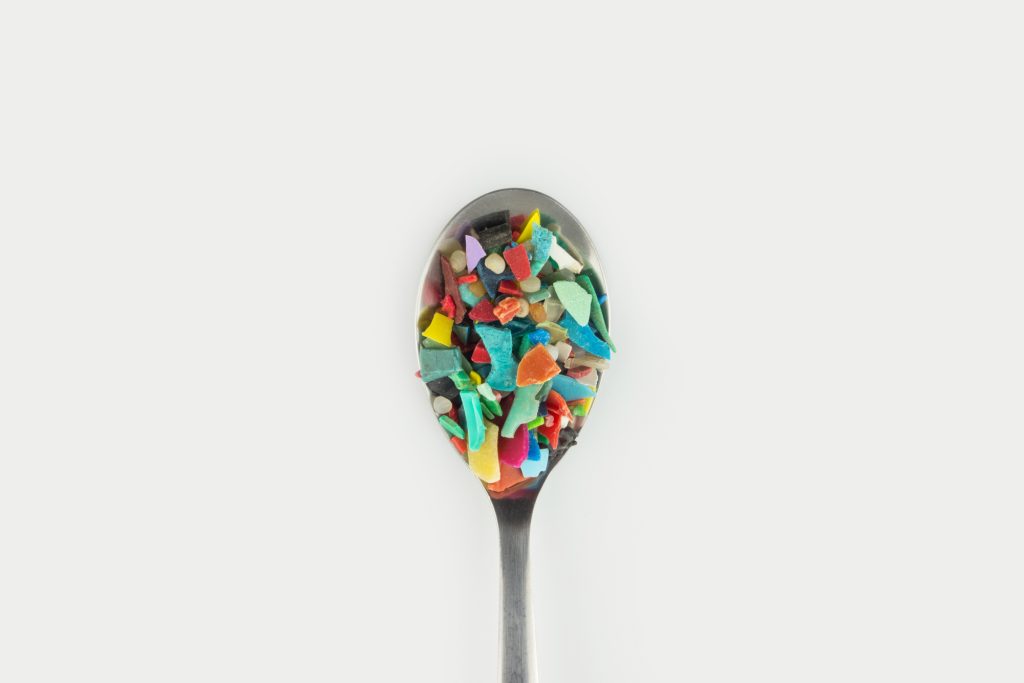Tested the presence of microplastics in the blood of 22 people
(Sustainabilityenvironment.com) – That nano and microplastics have now reached our feeding are well known. Several studies have shown that every human on average ingests 50 thousand a year, inhaling at least the same amount. On the other hand, the spread of this pollution knows no boundaries. From the ocean trenches to the most remote heights of the Pyrenees, plastic has quickly made its way and today contaminates water, air, and food products.
But once back in our everyday life in a form impossible to perceive with the naked eye, what is its destiny? The theme is vast is mostly unexplored. But today a team of scientists demonstrated for the first time the presence of microplastics in human blood.
The work, led by ecotoxicologist Heather Leslie and analytical chemistry Marja Lamoree, is currently unique in its kind, for the results achieved. The team, part of the Immunoplast project, has developed a new analytical method to determine the presence of five different polymers in the bloodstream. The process, applied to the blood of 22 anonymous donors, has yielded staggering results. Three-quarters of the test subjects tested positive for the presence of tiny plastic fragments.
In detail, the overall concentration of microparticles in the 22 donors was on average 1,6 µg/ml. A quantity, scientists explain, is comparable to a teaspoon of plastic in 1,000 liters of water. PET, polyethylene and styrene polymers, are the most common polymers in blood samples, followed by poly(methyl methacrylate).
“We have now proven that our bloodstream, our river of life as it were, has plastic in it” said Heather Leslie. Marja Lamoree adds: “This dataset is the first of its kind and must be expanded to gain insight into how widespread plastic pollution is in the bodies of humans, and how harmful that may be. With this insight we can determine whether exposure to plastic particles poses a threat to public health”.
The research appeared in the journal Environment International.

